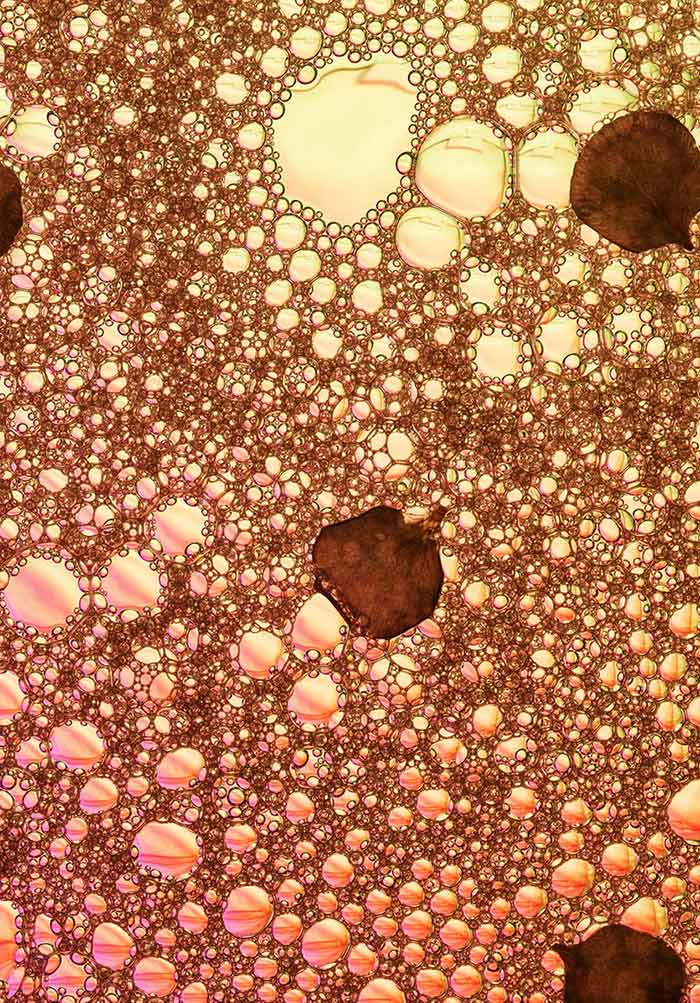Metals with low electrical resistance and crystals in which lattice vibrations are transferred easily for example crystals with atoms or ions of.
Does porosity decrease thermal conductivity in ceramics.
The thermal conductivity of porous materials is theoretically studied in connection with nanoporous materials used in recent semiconductor devices.
Bulk density thermal conductivity heat.
K k 0 1 p 1 np 2 where k is the thermal conductivity of a porous ceramic body k 0 that of the pore free ceramic body p the volume fraction of the pores and n a.
Intuition behind formula for thermal conductivity.
Even at a porosity level as high as 79 4 compressive and flexural strengths of fired samples with average pore size of 314 μm remained as high as 9 0 and 3 7 mpa respectively and their.
The effects of porosity and pore size on the thermal conductivity are discussed.
A briefly explain why porosity decreases the thermal conductivity of ceramic and polymeric materials rendering them more thermally insulative.
The best equation which correlates extremely well the thermal conductivity of the ceramic bodies with the porosity is found to be the one proposed by aivazov and domashnev.
For sand and mixed litholo gies no clear depth dependence was found for porosity indicating that compared with clay both sand and mixed lithology are resistant to compaction by the accumulation of sediment.
Trast the bulk density thermal conductivity and thermal diffusivity increase with depth.
The problem with the thermal conductivity of ceramics is the dependence on the composition grain size and manufacturing process which make it rather difficult to obtain a reliable value from literature only.
The thermal conductivity of porous sic ceramics has decreased with the increase in porosity 4 39 40.
The thermal conductivity of insulating materials is determined by the heat capacity of phonons the average phonon velocity and the phonon mean free path.
Looking at the values quoted in various handbooks papers and data sheets two things are observed.
Explain why porosity decreases the thermal conductivity of ceramics and polymers.
For example the thermal conductivity of a biomorphic sic ceramic has decreased from 41 5 15 w m k with the increase in porosity from 43 to 67.
7 5 porosity and permeability duration.





























